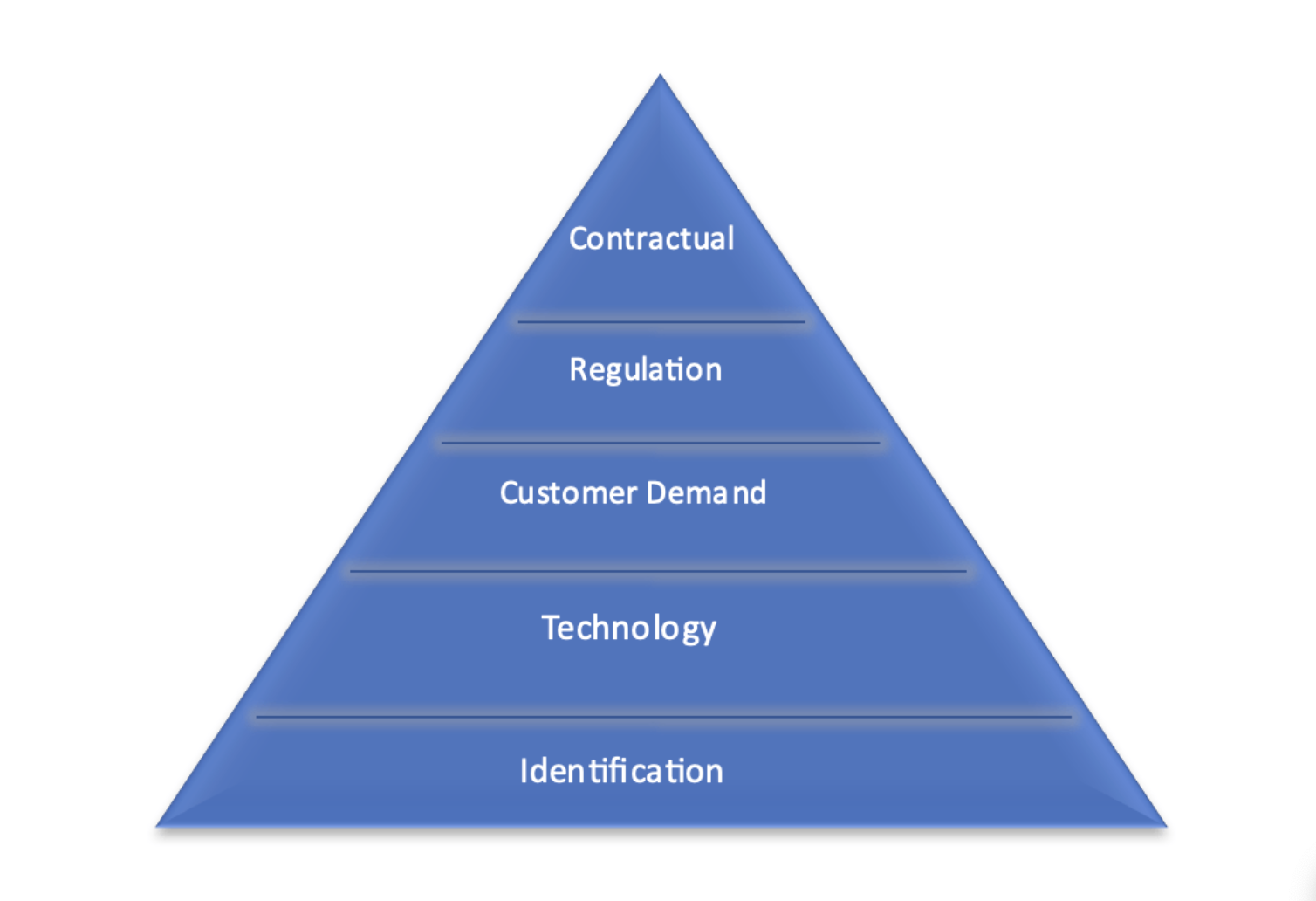Originally published at Bonfire
Lately, I have been thinking about what prevents companies from transitioning to a circular economy. Previously, I also wrote on this subject in the blog post Circular Twin. Nowadays, the term circular economy can be found in the strategy of almost every company – usually together with the words like digitalisation and sustainability. All three are, unfortunately, often still just words as many companies are lacking a practical plan for their implementation.
If a company really strives to change their business to a circular economy model (not just increase the recycling rate or make their linear operating model more sustainable), first they need to understand what their business would look like if the company was operating in a circular economy. For example, how would the company’s manufacturing processes, revenue models, and the design of products and services change?
I’m presenting a framework that can be used as a basis for a circular economy roadmap:
- The first step is identification. It is difficult to start implementing operations in a circular economy if it has not been identified what these activities could be. Has the company thought about what their business’ Circular Twin is? A simple example is selling a product as a service instead of selling a product.
- The second step is technology. Does the technology to implementation the identified idea exist? At the moment, at what stage is the development of the necessary technology? An example could be a self-driving vehicle that would serve users needs for rides through a monthly subscription and an app. In this case, the idea is excellent, but the technology is not ready yet.
- The third step is customer demand. Would customers use the service? What would need to change in society’s attitudes or habits to create demand? An example of this could be borrowing clothes. If a big fashion brand were to switch to this kind of operating model, the technologies would be certainly available, but would there yet be enough customer demand? A circular economy has to be financially viable, or else it will not be adopted on a sufficient scale.
- The fourth step is regulation. Does current legislation enable or prevent the implementation of the idea? Has the company identified which regulatory changes would promote the success of the new operating model? A good example of this can be seen in recycling. In Finland, the landfilling of hazardous waste is tax-exempt, and, as a result, recycling solutions are not profitable because landfilling is too cheap.
- The fifth step is contractual. A circular economy often requires stakeholders to optimise the entire value chain. Current management and contract practices are based on a linear economy and, often make the principles for value sharing difficult, thereby missing the potential for added value. An example of this could be leasing materials to the value chain instead of selling them. With a little imagination, it is easy to spot the contractual challenges of the above-mentioned operation model. Many have probably also been involved in acquisition processes, where a horizontally expanding company calculates synergy benefits for buying an adjacent part of the value chain. In theory, it would be possible to get these benefits even without an acquisition if we had the expertise in business models to optimise the value chain more broadly instead of only the core function of each company.
These steps can be used by companies to prioritise the order in which they make the transition to a circular economy. The transition may well take 10–15 years and be an enormous change journey for the entire company. For this reason, it is important to first decide whether the company really intends to make this transition. After that, the journey should be taken in step by step and in the right order. The future will enable many ideas that now get stuck on one of the steps 2–5. Considering the direction in which the world is moving, it certainly makes sense to consider the company from a continuity perspective: In the future, will the company still exist if it continues to operate according to the principles of a linear economy.

Framework for a circular economy roadmap